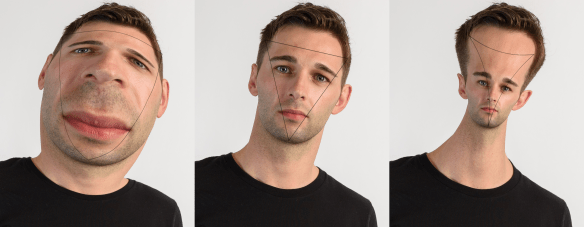By Nicolas Yunes, Stephon Alexander, and Kent Yagi
Nature is sometimes lazy and messy, like a 4 year-old that likes to play with all of the toys and put none of them away, always increasing the degree of disorder. In physics, we quantify disorder through the concept of entropy. The tendency of systems to always increase their entropy is encoded in the second law of thermodynamics. Aside from a kid’s disorganised bedroom, another place in the universe with a tremendous amount of entropy is a black hole. Bekenstein and Hawking [1-4] proved that the entropy of a black hole in General Relativity is proportional to its area. For astrophysical black holes of stellar-mass, this yields a value of entropy of about 1056 Joules per Kelvin. The reason for this large value is their incredibly small temperature, about 10-9 Kelvin for a stellar-mass black hole, which in fact cannot be any smaller for an object of its size due to Heisenberg’s uncertainty principle.

Yunes is an Associate Professor of Physics at Montana State University and co-founder of the eXtreme Gravity Institute.

Alexander is a Professor of Physics at Brown University.

Yagi is an Assistant Professor of Physics at the University of Virginia.
The entropy area scaling is surprising because the entropy of extensive systems in statistical mechanics is proportional to their volume, not their area. In fact, Bekenstein’s and Hawking’s observation was a strong motivator for the concept of holography. The typical rationalisation of the area result is that black holes are special objects because, by definition, they possess a horizon. The argument is then that the entropy is proportional to the area because somehow the internal degrees of freedom of a black hole are imprinted on the surface area associated with its horizon. The consequence of this argument is that the only objects in nature whose entropy scales with their surface area are those with event horizons. In particular, the entropy of stars, be them compact or not, should scale with their volume and not their area. Continue reading




You must be logged in to post a comment.